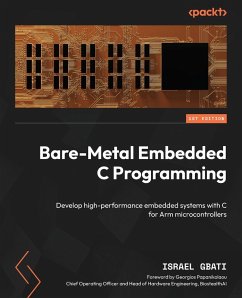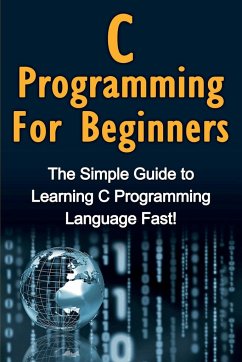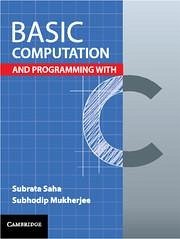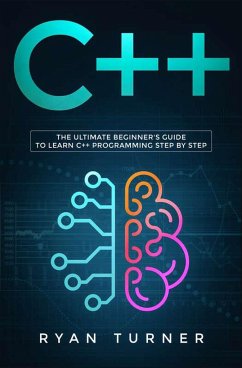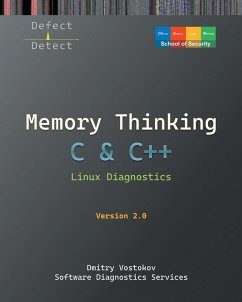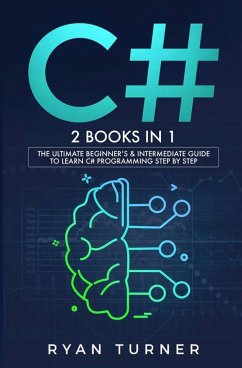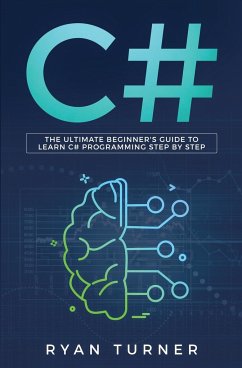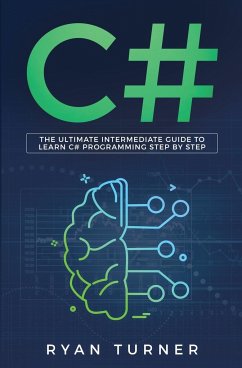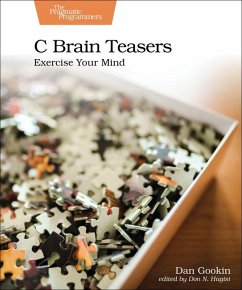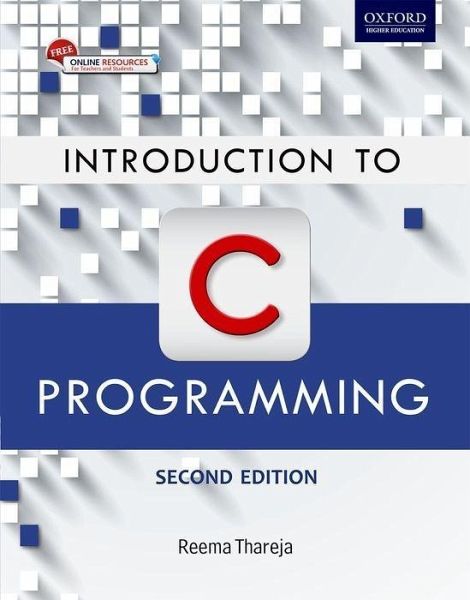
Introduction to C Programming
Versandkostenfrei!
Versandfertig in über 4 Wochen
40,99 €
inkl. MwSt.

PAYBACK Punkte
20 °P sammeln!
The book starts with an introduction to programming in general followed by a detailed introduction to C programming. It then delves into a complete analysis of various constructs of C such as decision control and looping statements, functions, arrays, strings, pointers, structure and union, file management, and pre-processor directives. It also provides a separate chapter on linked list detailing the various kinds of linked lists and how they are used to allocate memory dynamically. A highly detailed pedagogical approach is followed throughout the book, which includes plenty of examples, figur...
The book starts with an introduction to programming in general followed by a detailed introduction to C programming. It then delves into a complete analysis of various constructs of C such as decision control and looping statements, functions, arrays, strings, pointers, structure and union, file management, and pre-processor directives. It also provides a separate chapter on linked list detailing the various kinds of linked lists and how they are used to allocate memory dynamically. A highly detailed pedagogical approach is followed throughout the book, which includes plenty of examples, figures, programming tips, keywords, and end-chapter exercises. These features should render the book an ideal resource for students to master and fine-tune the art of writing C programs.



